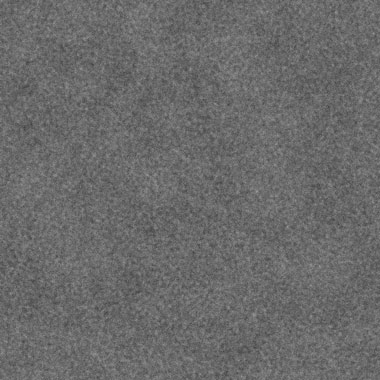Stefan Hau-Riege (16-ERD-046)
Project Description
The use of x-ray free-electron lasers promises to have a tremendous impact on high-energy-density science, with first experiments already questioning some long-held beliefs in plasma physics. All current x-ray free-electron laser facilities are focused on general fundamental scientific research to identify the areas where these lasers could have the highest impact. For example, the Linac Coherent Light Source at the SLAC National Accelerator Laboratory in Menlo Park, California, has achieved multiple successes. Researchers there have been particularly successful in the area of biological structure determination, with the establishment of femtosecond nanometer-scale crystallography, which promises significant potential scientific payoff. In response, an increasingly larger amount of beam time there is being dedicated to structural biology, which in turn has led to significant advancements in biological imaging techniques. However, this success has unfortunately limited use for other scientific fields, such as high-energy-density science. Over the first half-decade of operation, only a small number of dedicated proof-of-principle experiments relevant to high-energy-density science have been performed there. Nevertheless, nearly every x-ray free-electron laser pulse initiates its own high-energy-density experiment. With each nearly unattenuated, focused x-ray free-electron laser beam that impinges on a target, complex plasma processes ensue. Most other experimenters see these processes as a nuisance. For that reason, experimental campaigns have been dedicated to understanding how changes in biological matter induced by high-intensity x-ray beams can be minimized. We are adopting an alternate view and using these results as ground-breaking, proof-of-principle experiments for plasma physics at x-ray free-electron lasers. We will utilize Livermore’s plasma codes to simulate such experiments to improve our understanding of plasma physics on the femtosecond timescale. Specifically, we intend to (1) select a high-impact x-ray free-electron laser experiment that would significantly benefit from computational support, (2) modify Livermore’s x-ray free-electron laser–matter interaction codes to enable simulation of such experiments, and (3) simulate the identified experiment and analyze plasma physical phenomena.
We expect to demonstrate that the enormous amount of knowledge available from recent and planned Linac Coherent Light Source experiments can be used to improve our understanding of the interaction of high-intensity x-ray radiation with matter. Eventually, this will allow us to resolve important plasma-model uncertainties, such as the transition of solid dense to warm and hot dense matter, atomic processes in partially ionized plasmas, equilibration phenomena, and the behavior of high-atomic-number dopants in a low-atomic-number plasma. We propose to utilize the enormous amount of data already available from imaging experiments at the Linac Coherent Light Source, numerous planned experiments, and our extensive collaborator base to improve our understanding of laser and matter interactions. To meet this goal, we plan on using quasi-classical molecular dynamics to investigate the response of solid-density plasmas to high-intensity x-ray free-electron laser radiation. This work will be based on the massively parallel, all-particle (i.e., ions and electrons), molecular dynamics plasma simulation code, ddcMD, which was developed as part of the Cimarron Project, a large Lawrence Livermore computational physics effort dedicated to the prediction and measurement of properties of dense, highly collisional, and strongly coupled plasmas. The ddcMD domain-decomposition molecular dynamics tool is capable of handling long-range forces such as Coulomb interactions and is used in studies associated with fusion and thermonuclear burn: electron–ion temperature equilibration, alpha-particle stopping power, and electrical and thermal conductivities. We have adapted ddcMD to simulate the interaction with x-ray free-electron laser radiation by implementing an extensive atomic physics package.
Mission Relevance
This work will advance our understanding of fundamental plasma physics processes relevant to NNSA programs. We are simulating high-intensity x-ray and matter interaction at the intersection of high-energy-density science and biology, using tools that have been developed at LLNL for a variety of applications. The outcome will benefit plasma physics research in support of the Laboratory’s strategic focus area in stockpile stewardship science and the core competency in high-energy-density science.
FY16 Accomplishments and Results
In FY16 we (1) performed our first computer simulations of the interaction of x-ray free-electron laser radiation with thin films (see figure), (2) determined that these simulations do not require code modifications, and (3) performed, with support from our calculations, an x-ray free-electron laser experiment in collaboration with the SLAC National Accelerator Laboratory.
Calculated diffraction pattern of the electron density distribution in water heated by an x-ray free-electron laser pulse to warm-dense-matter conditions. The calculation was performed with ddcMD, Lawrence Livermore's massively parallel, all-particle, molecular-dynamics plasma simulation code.






